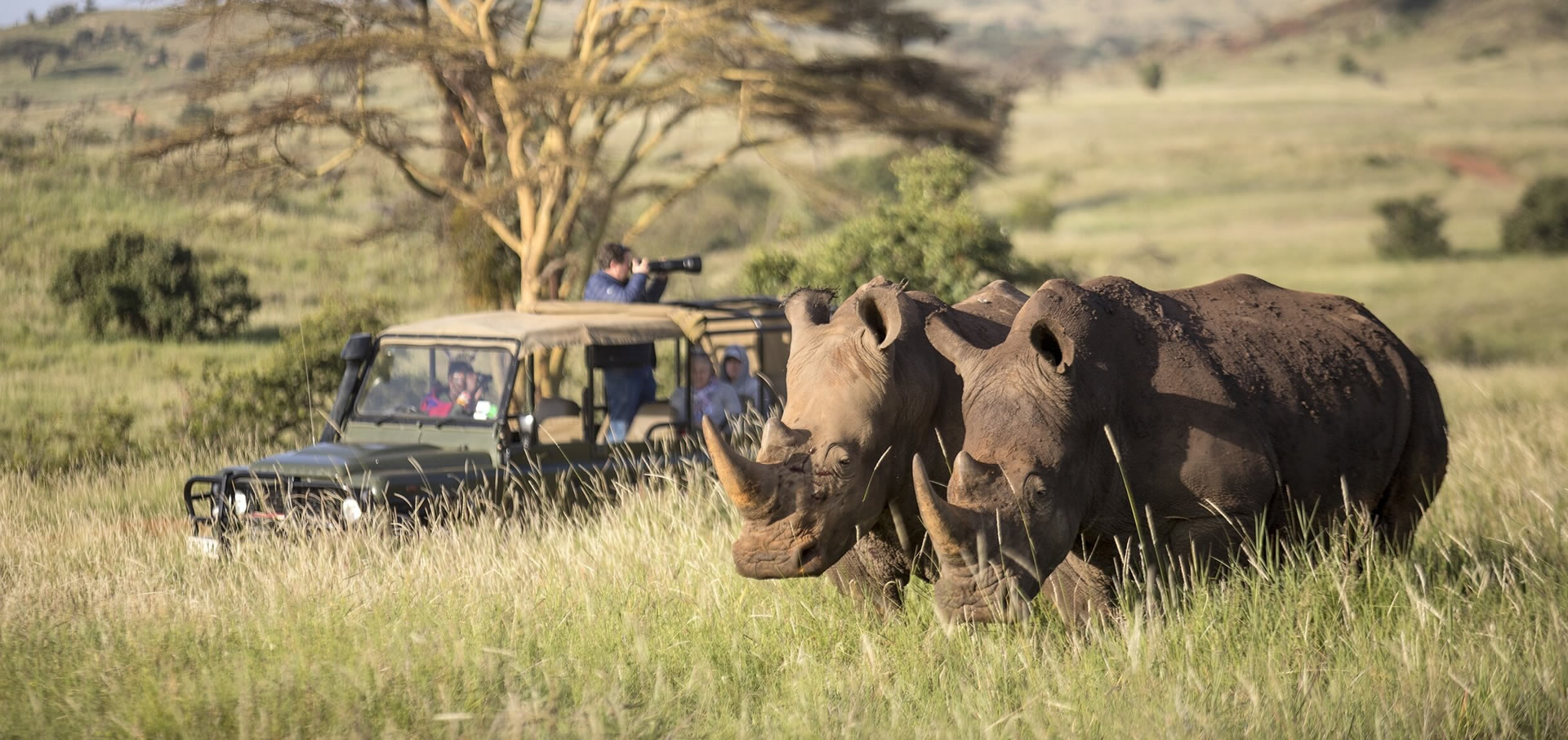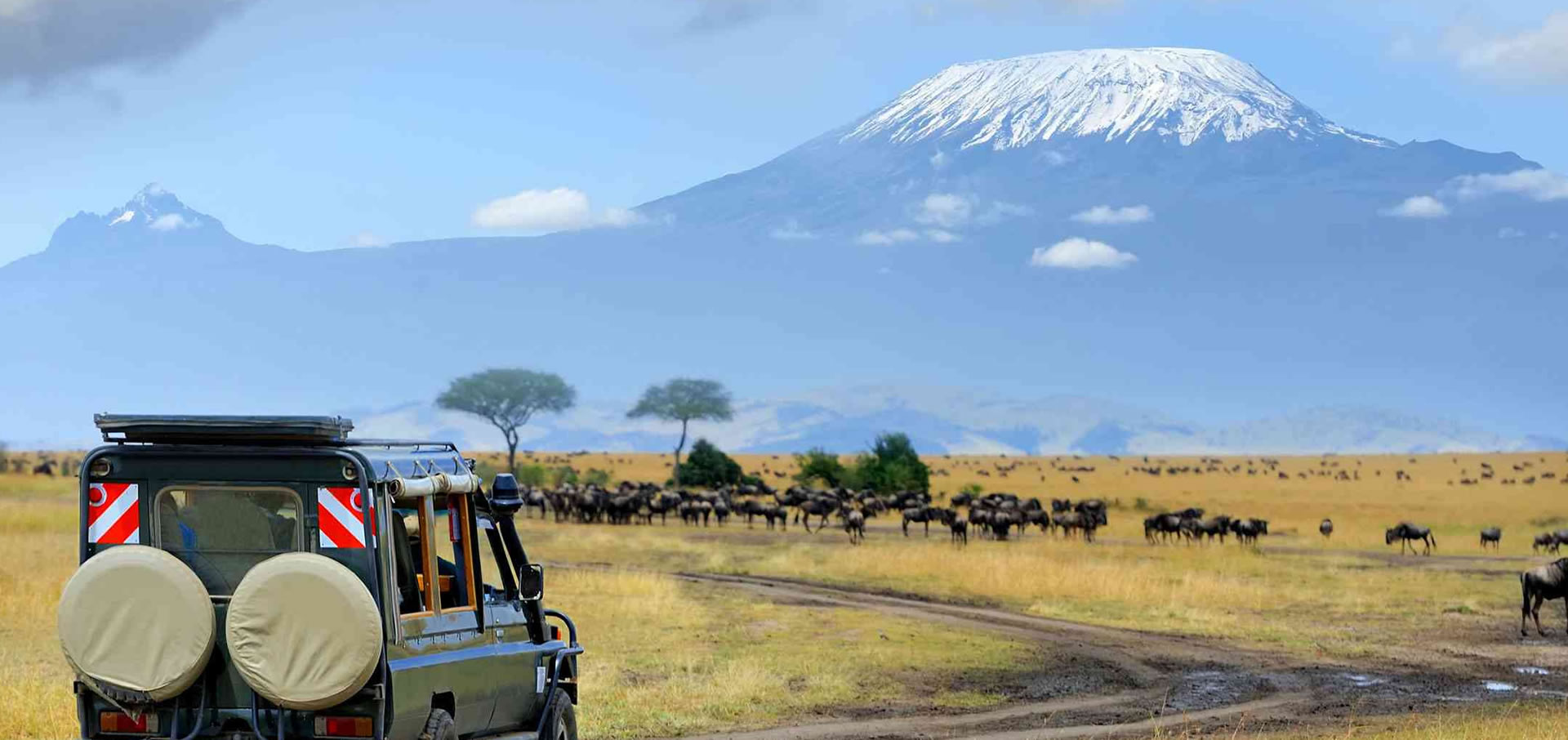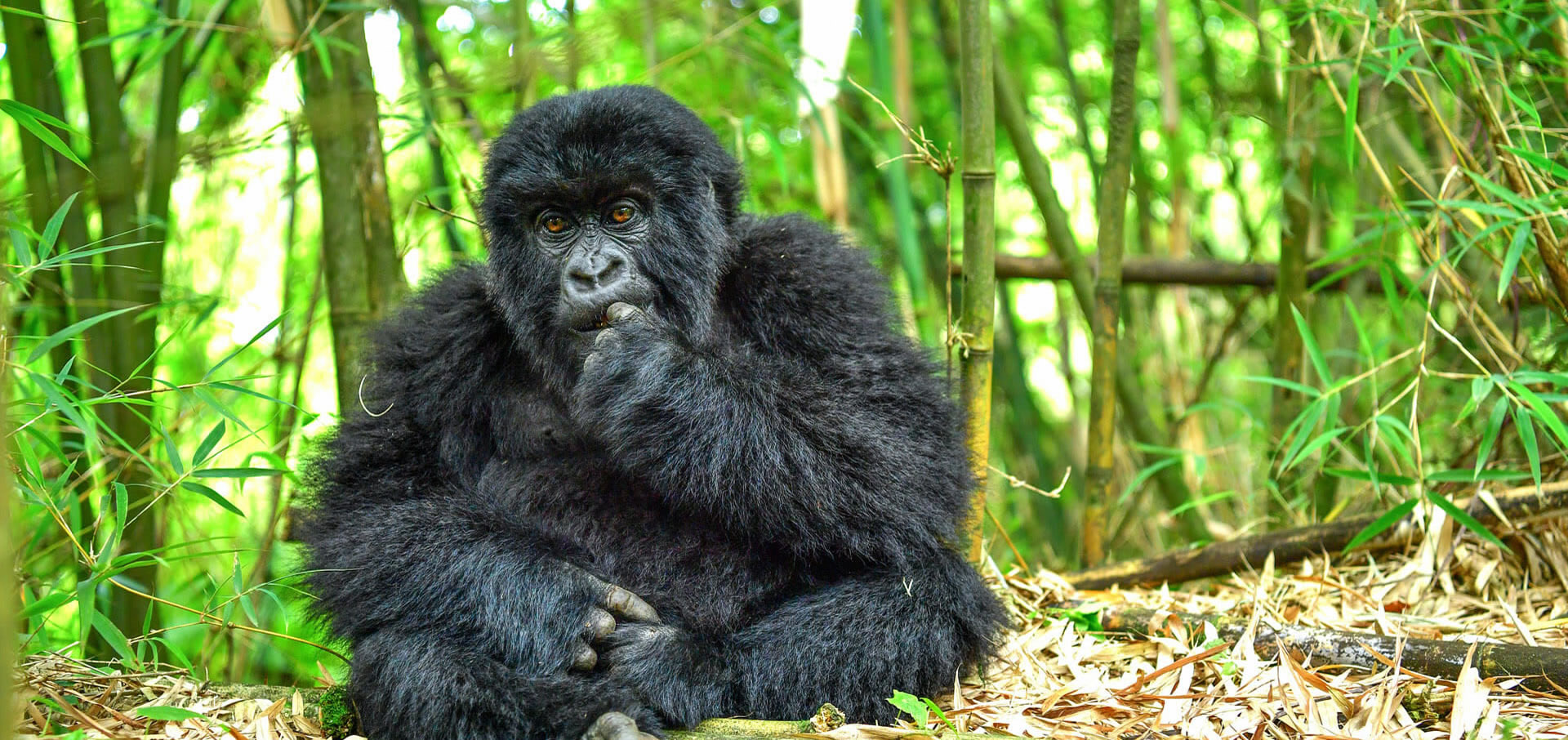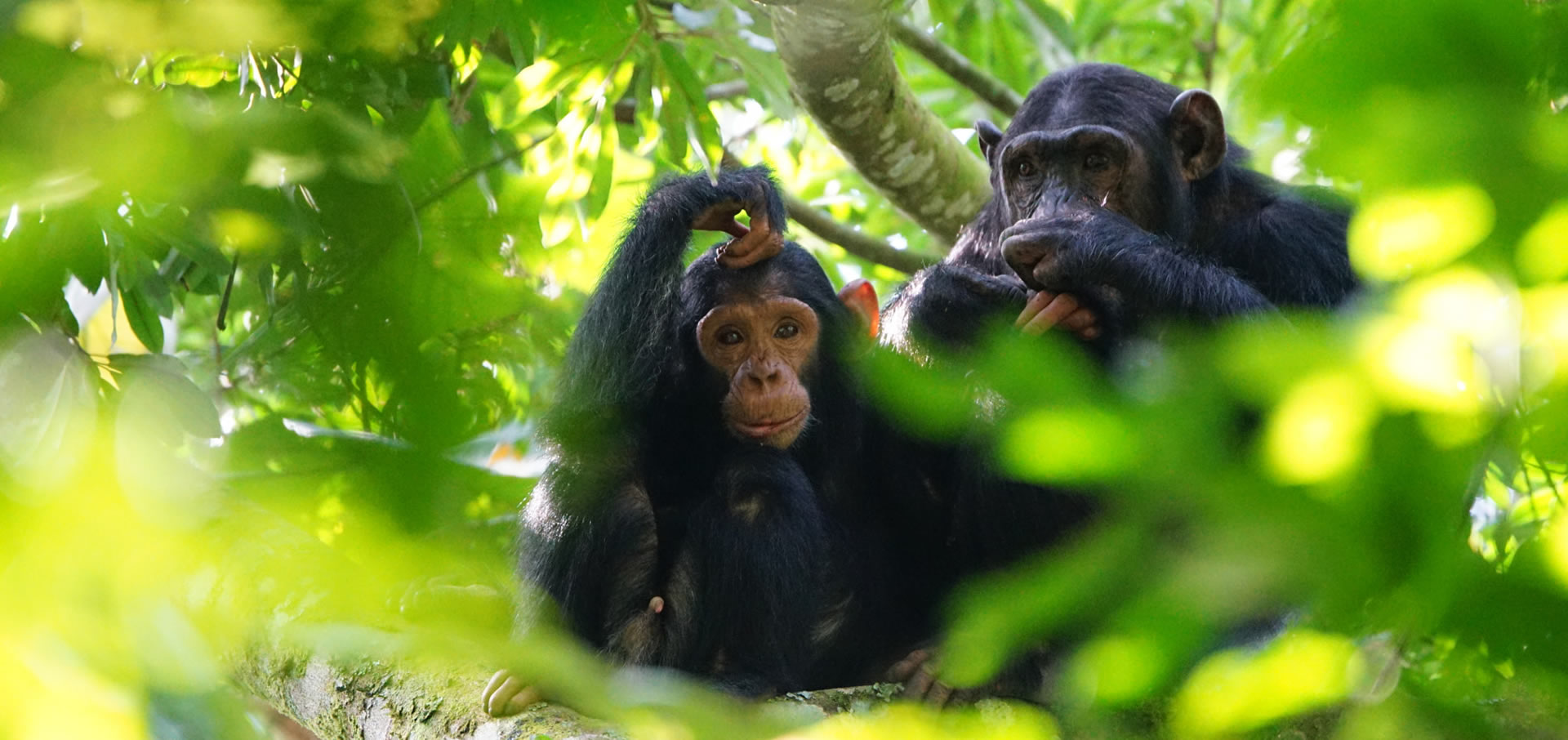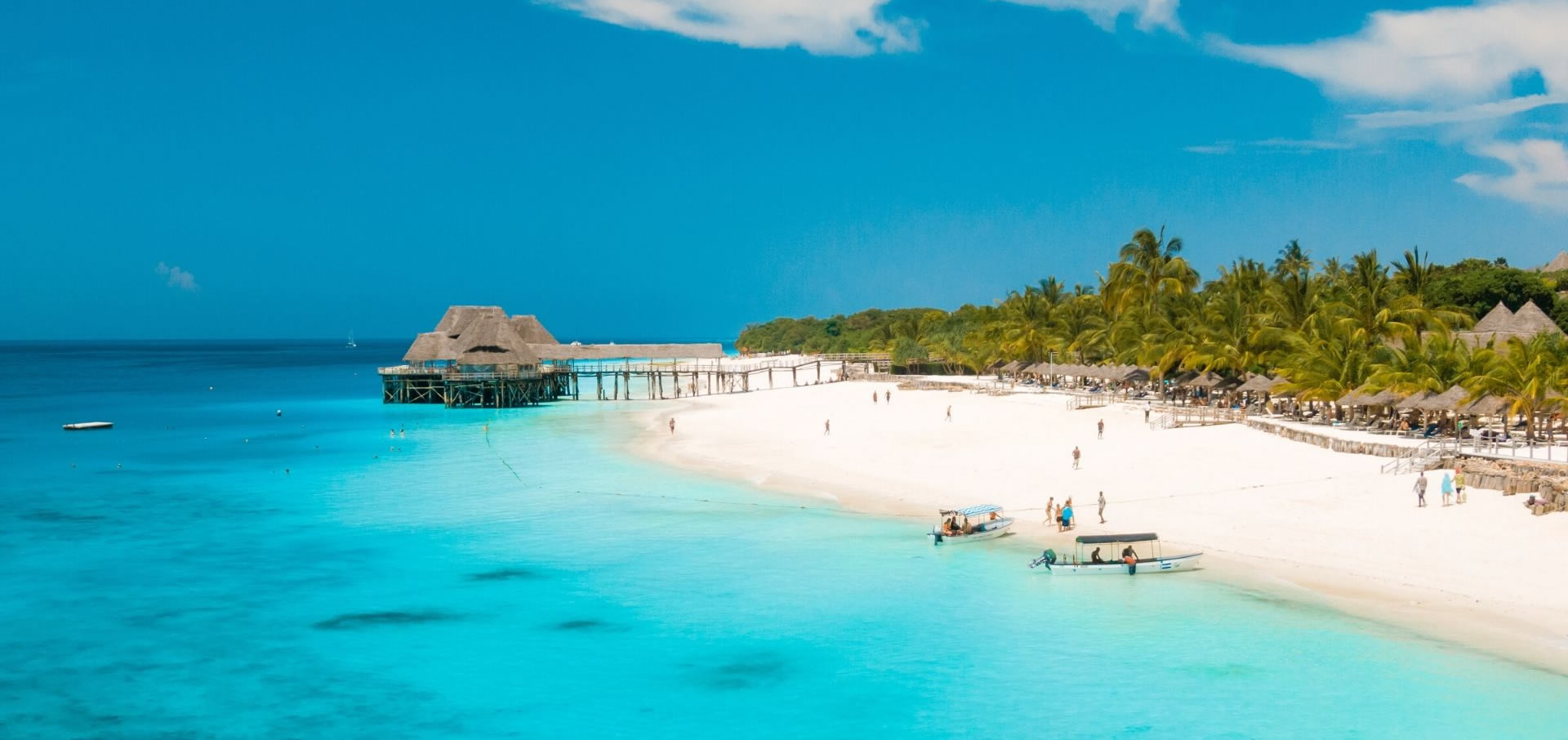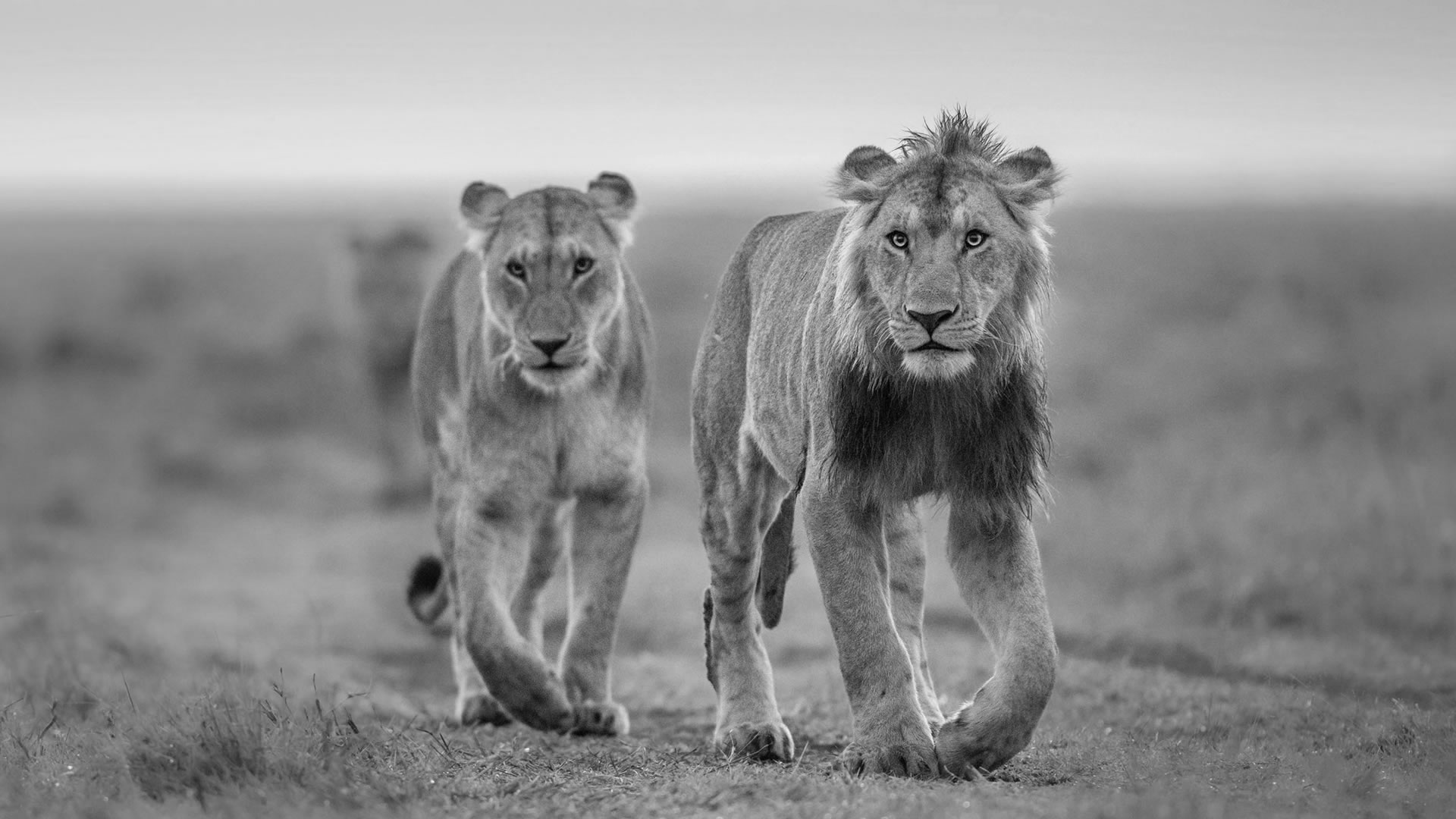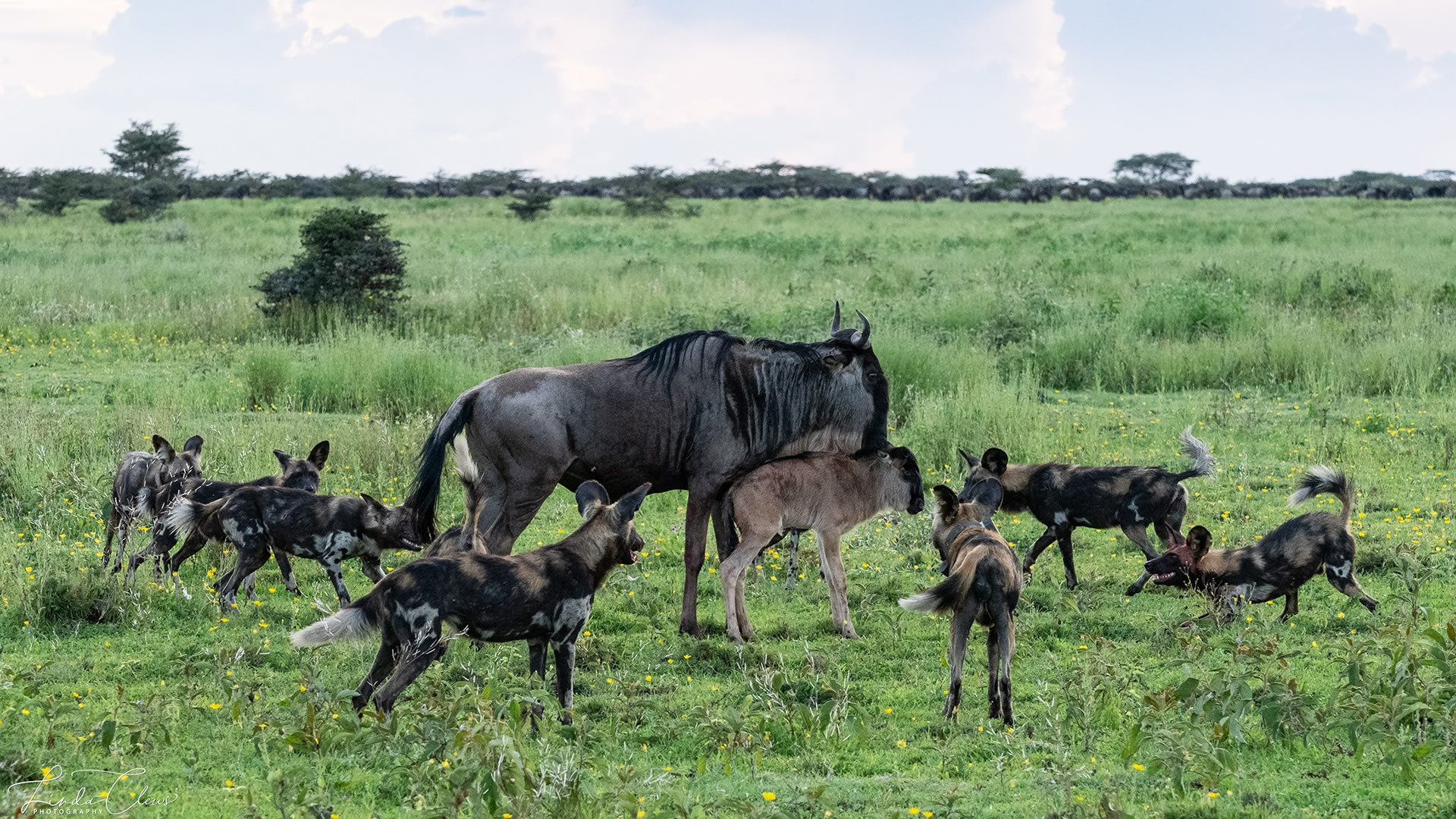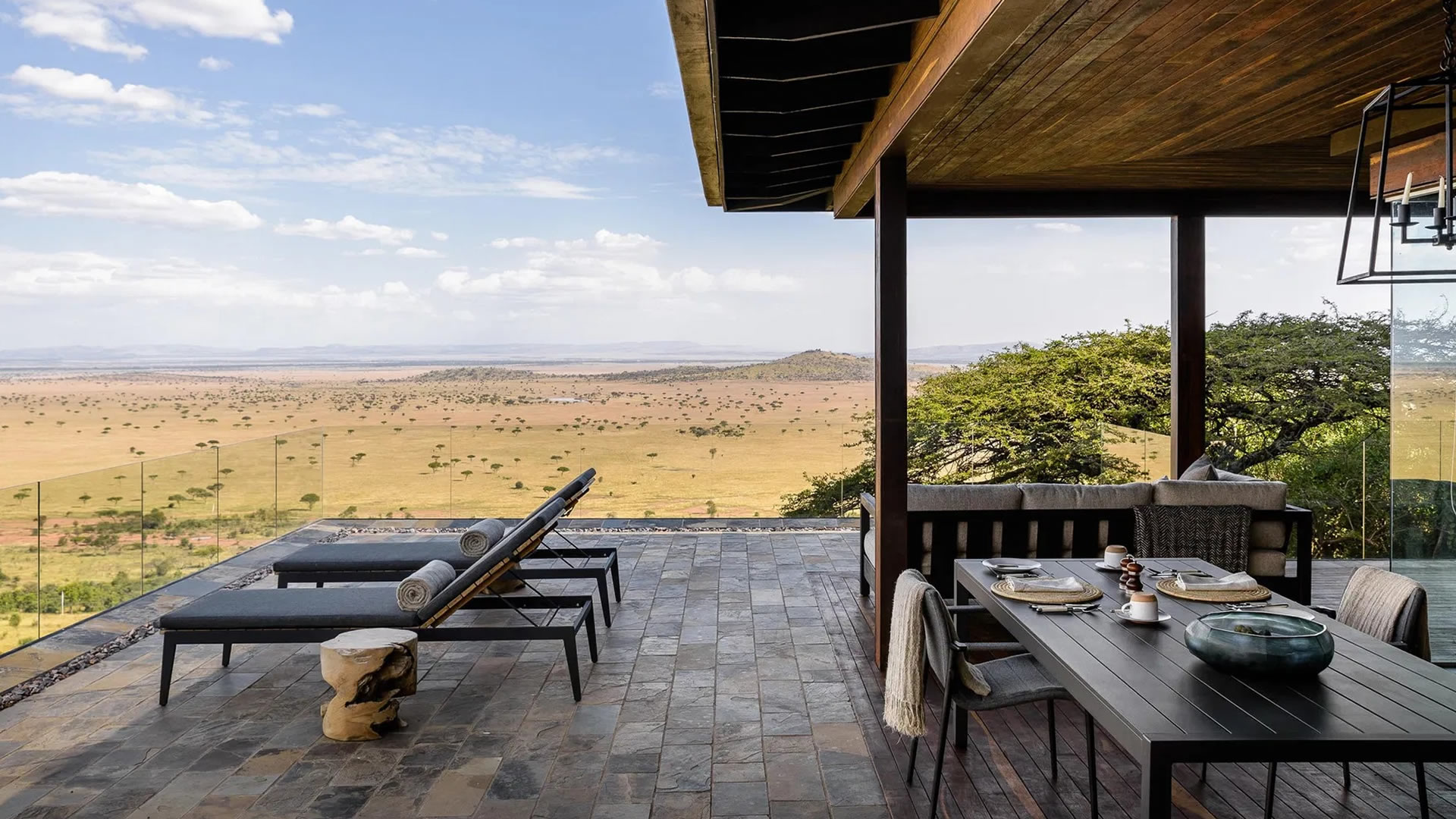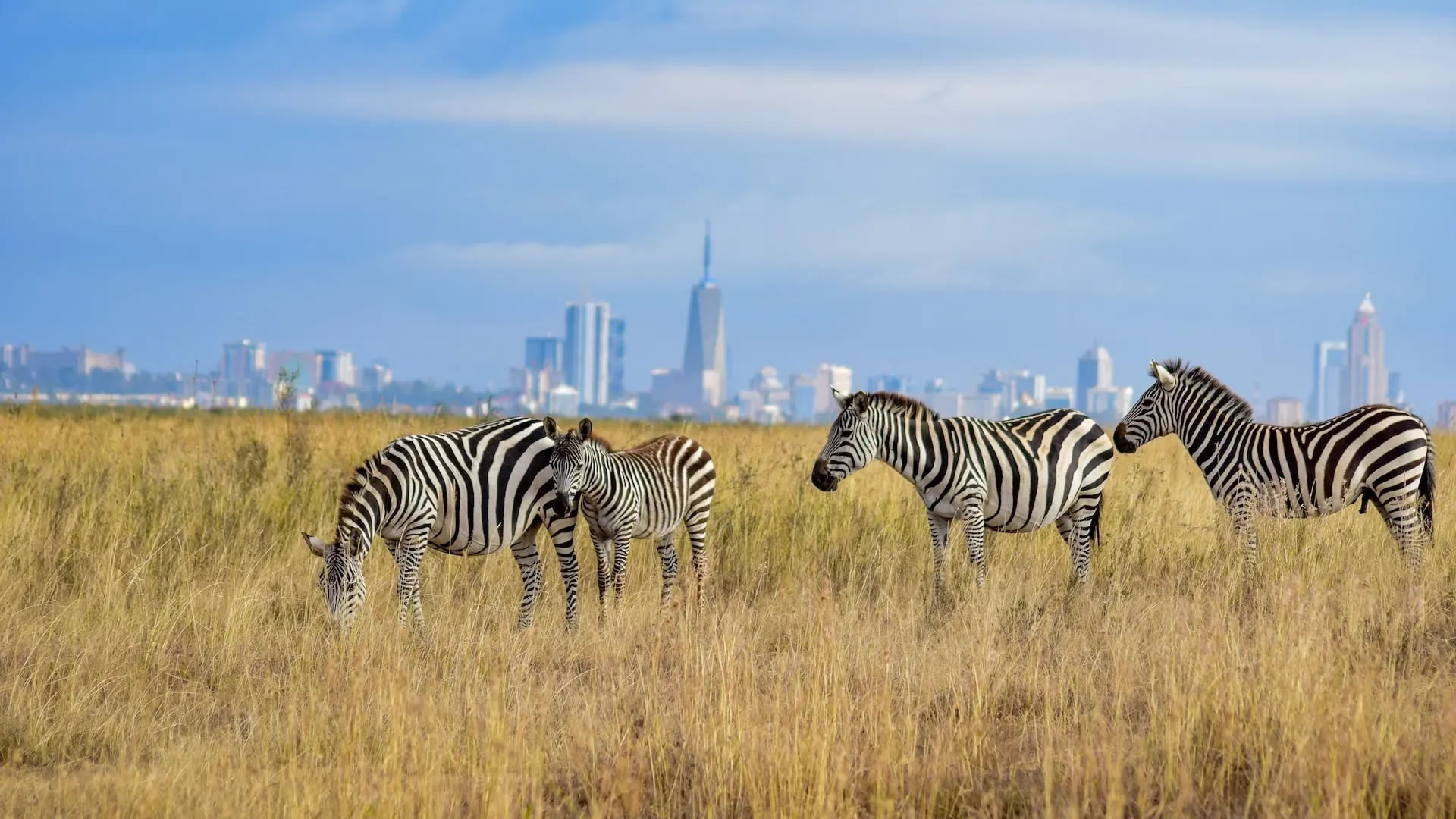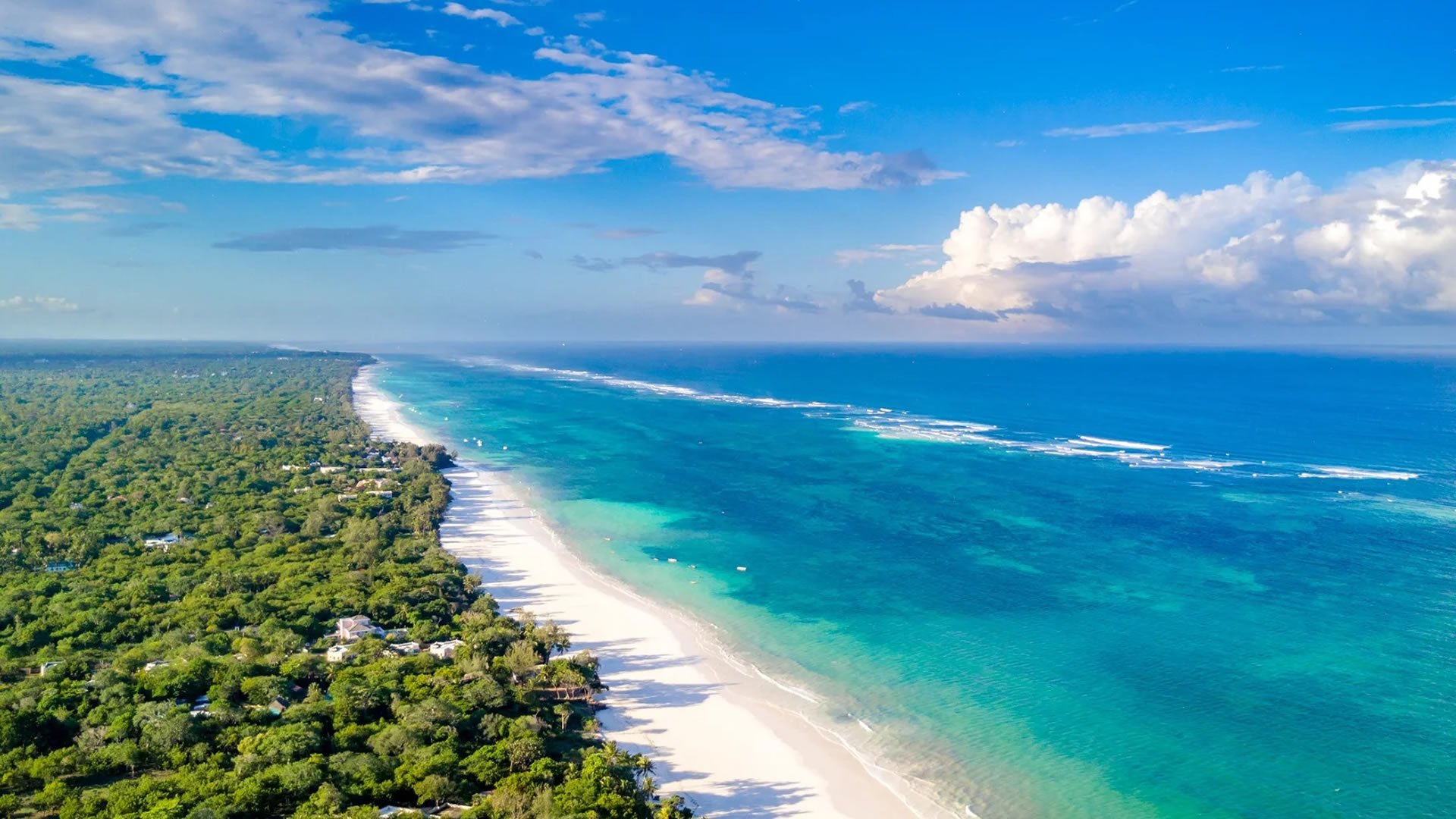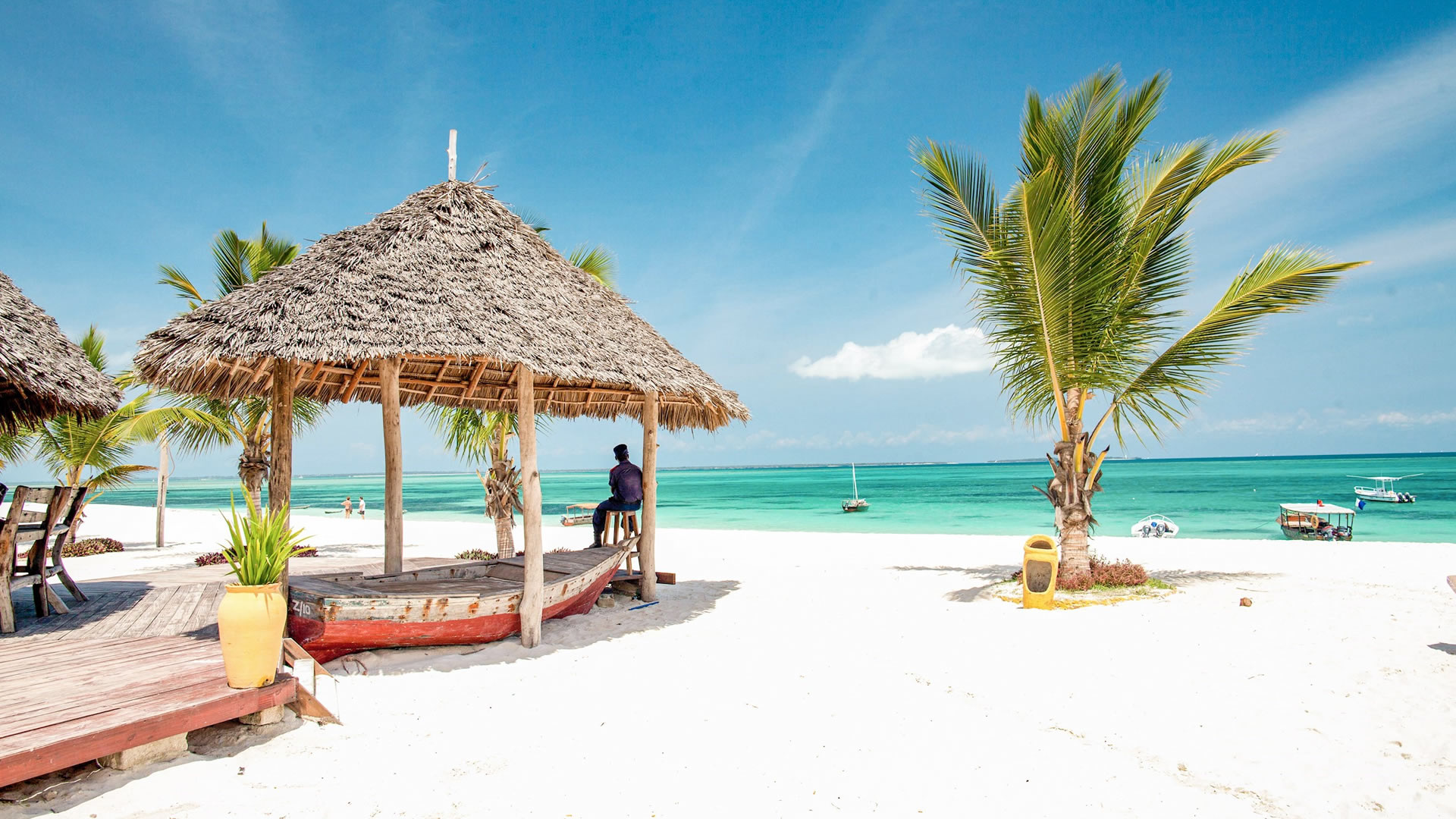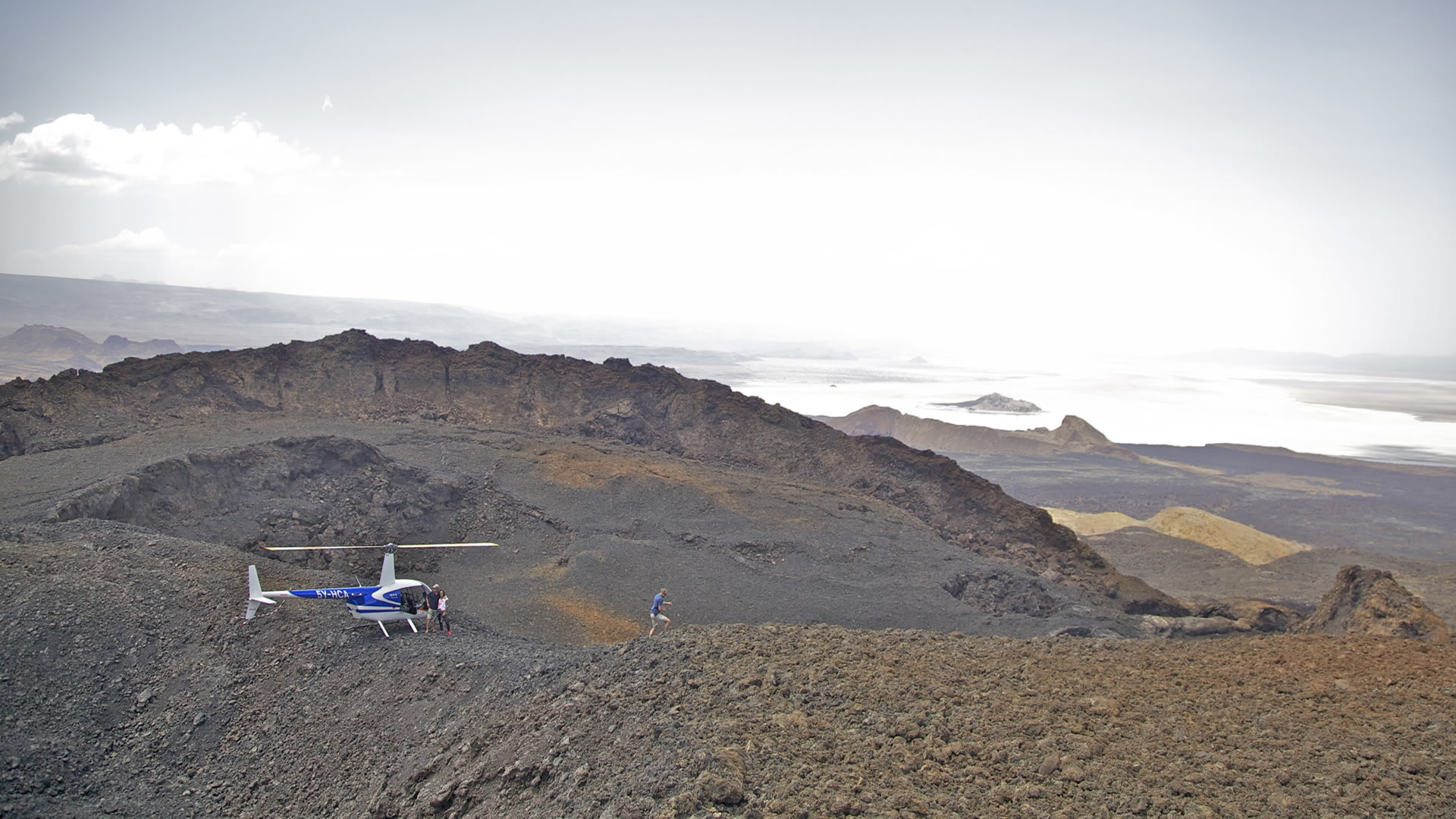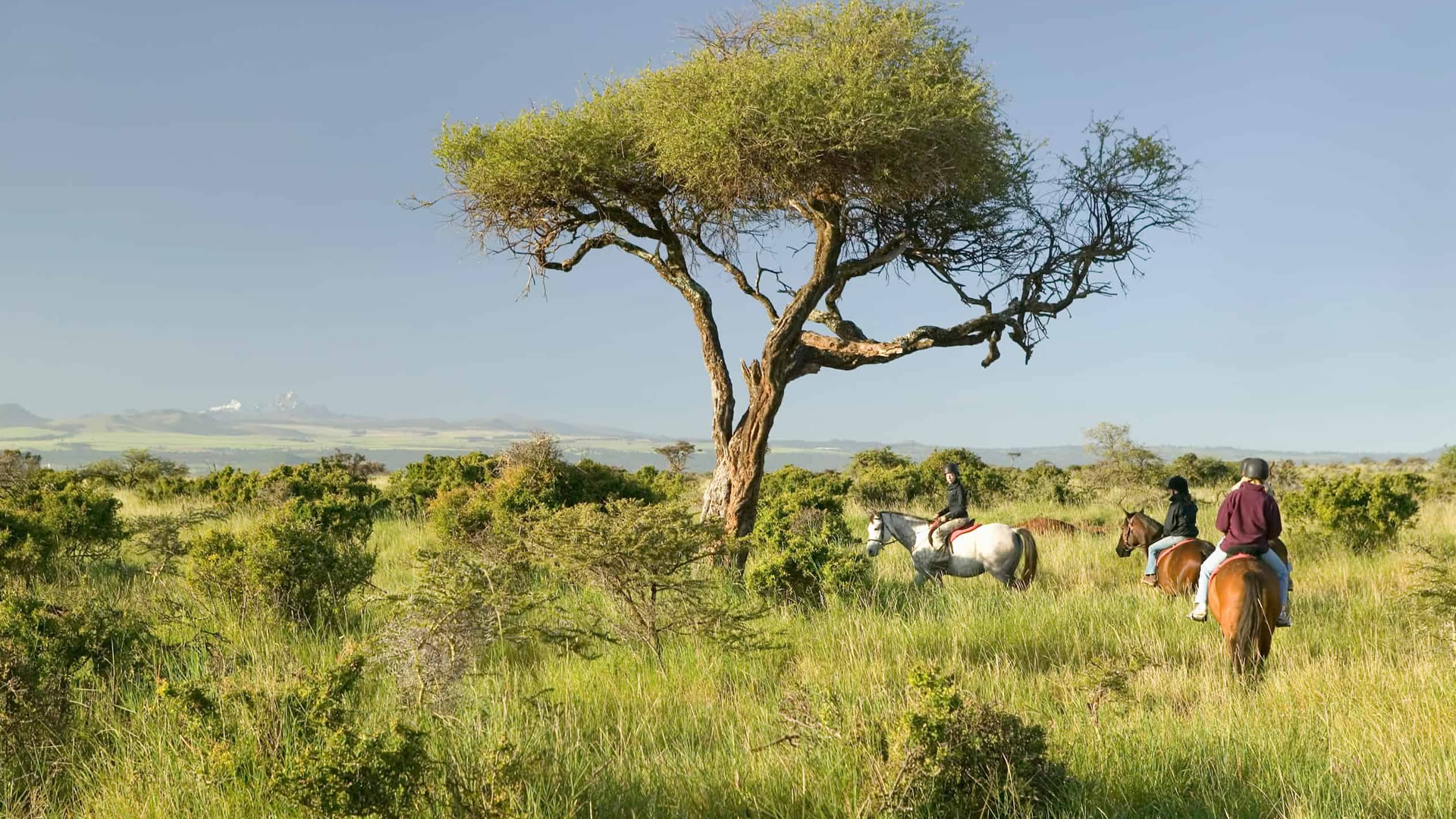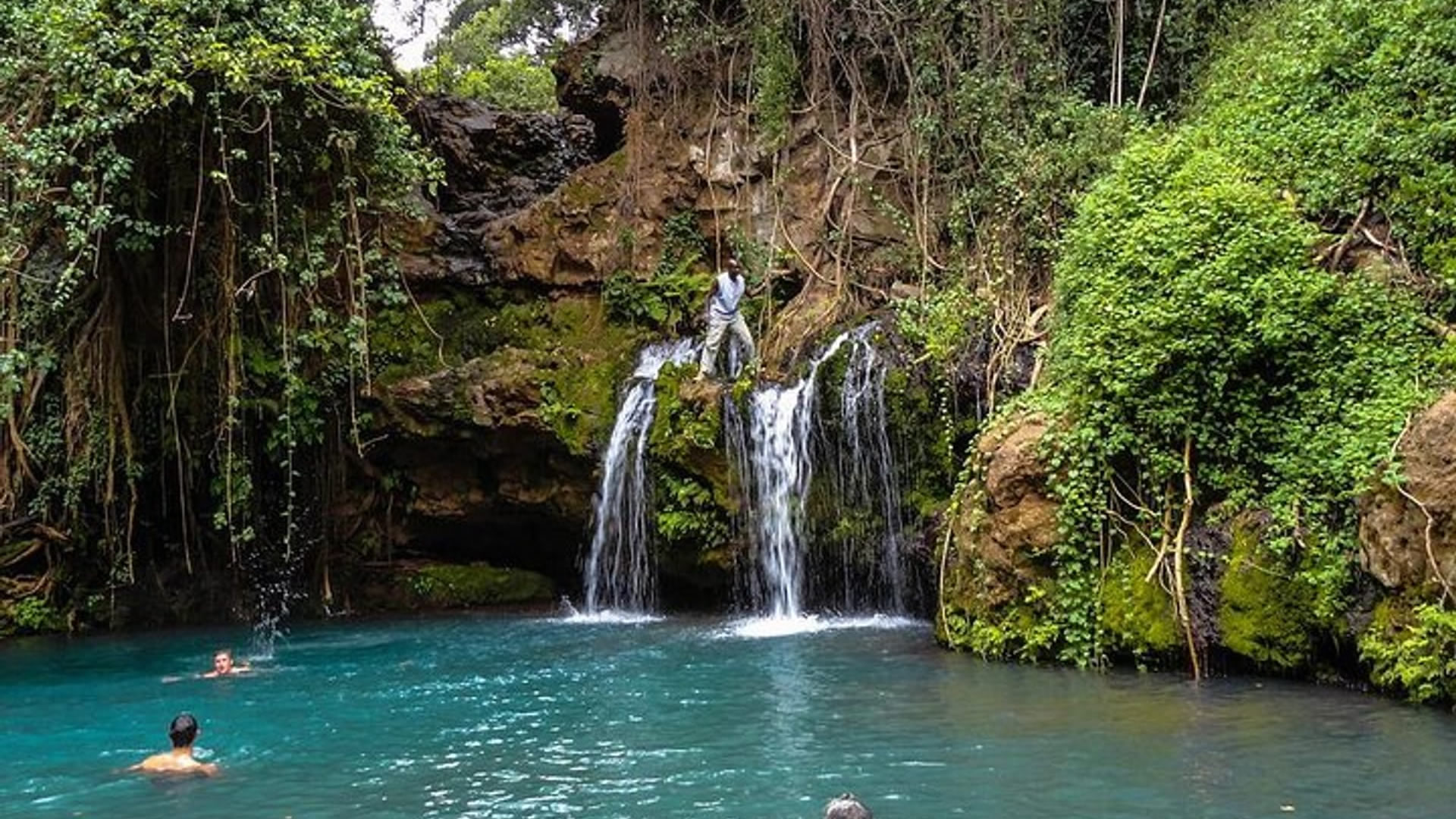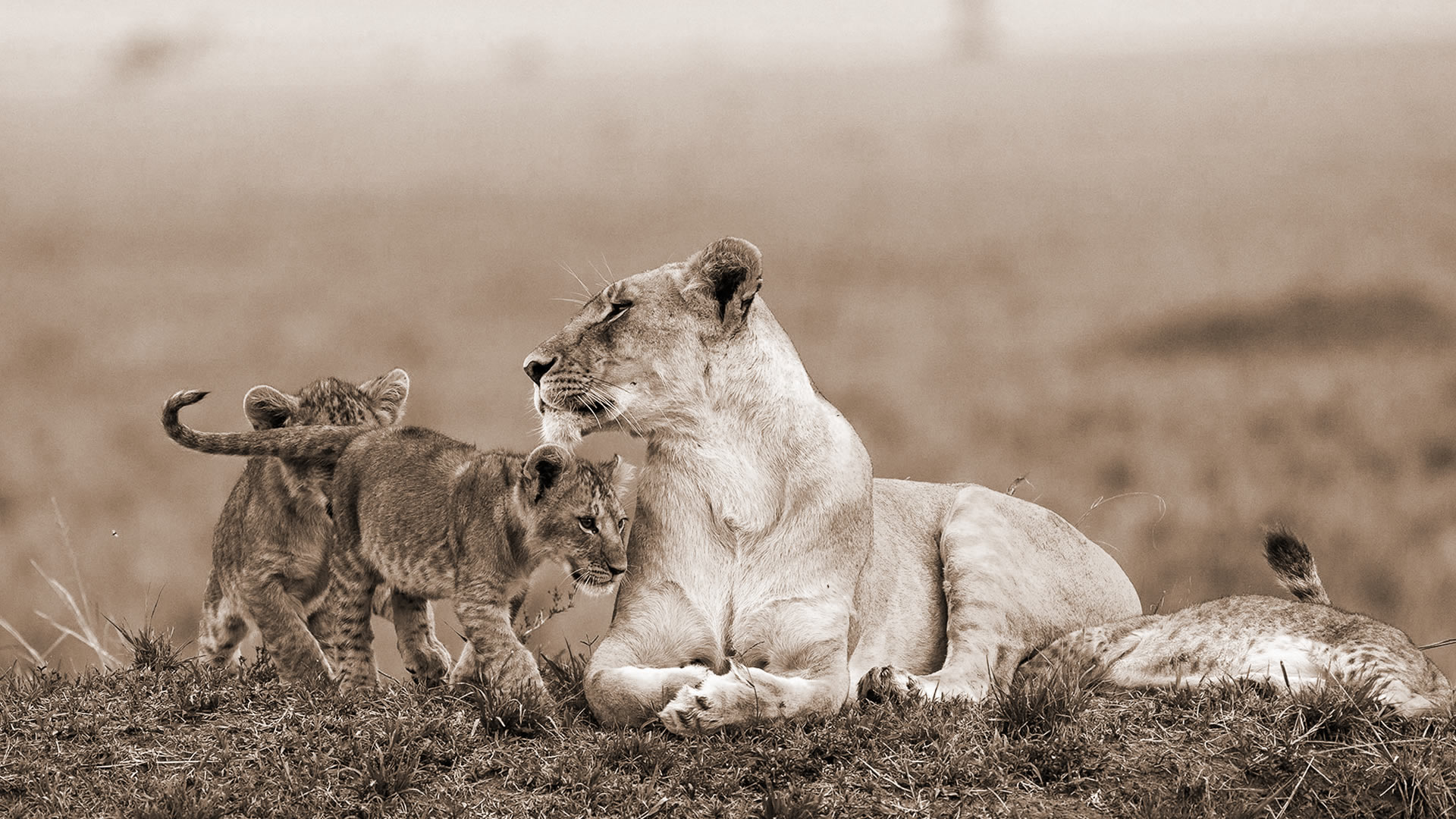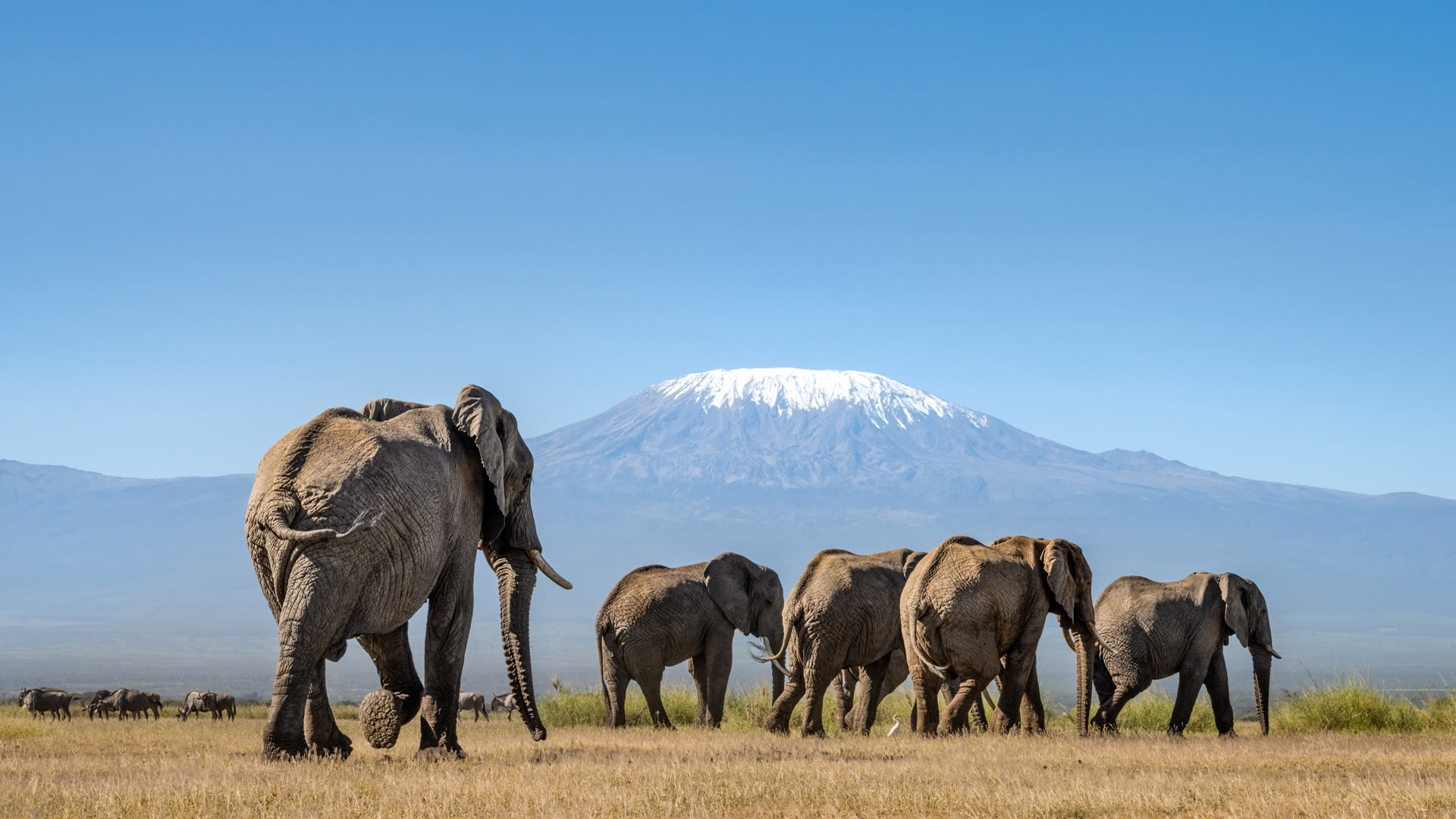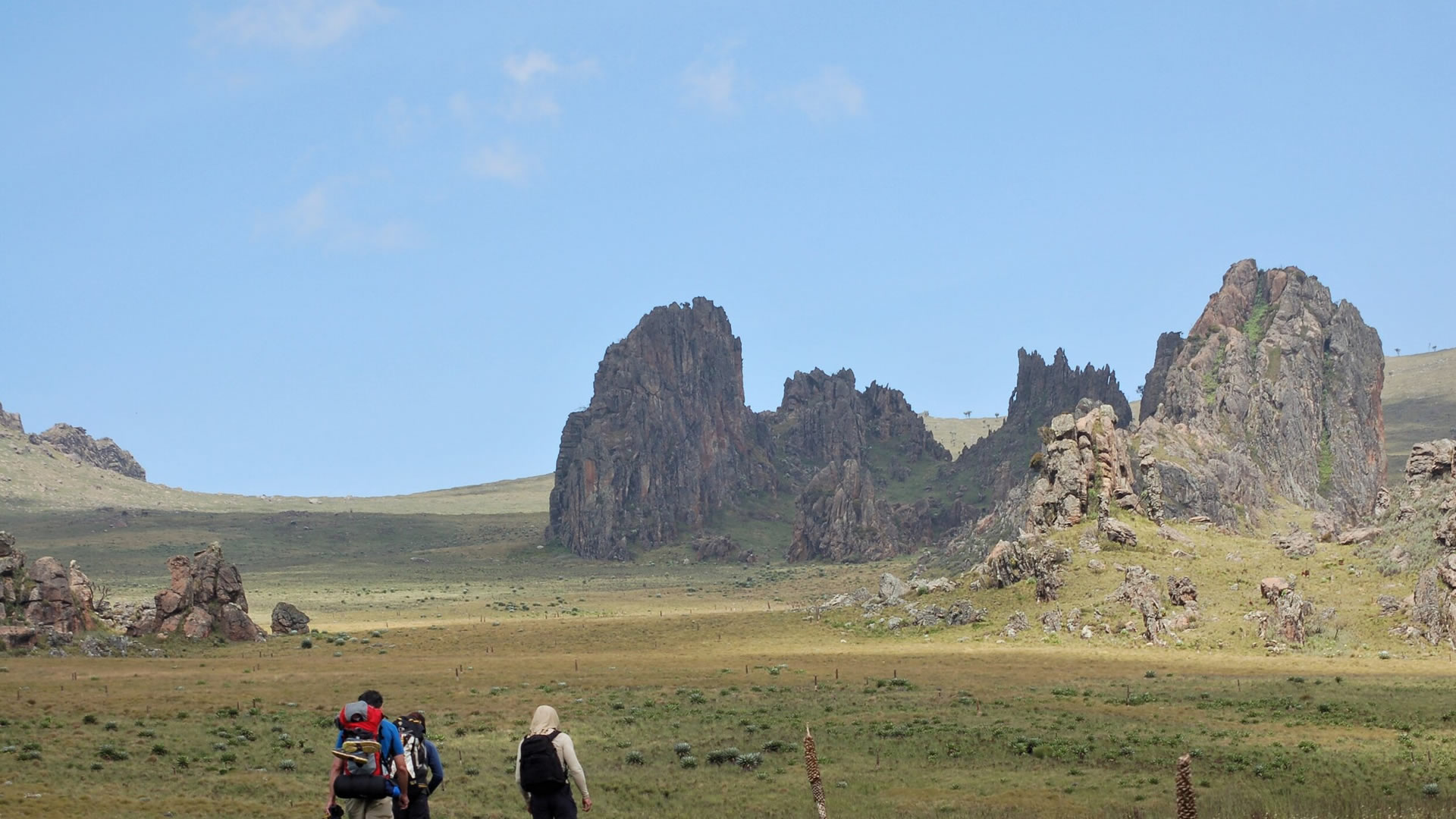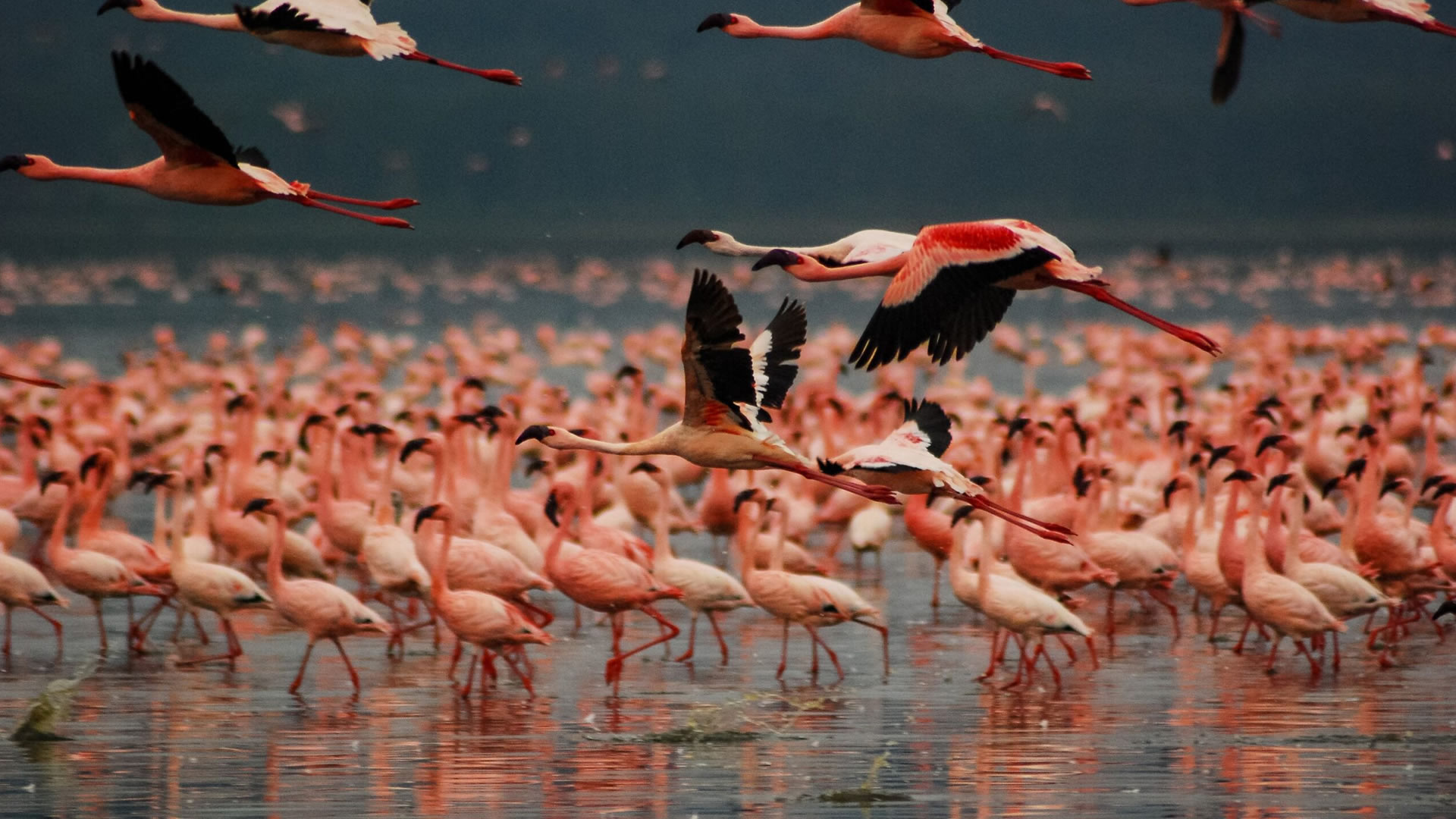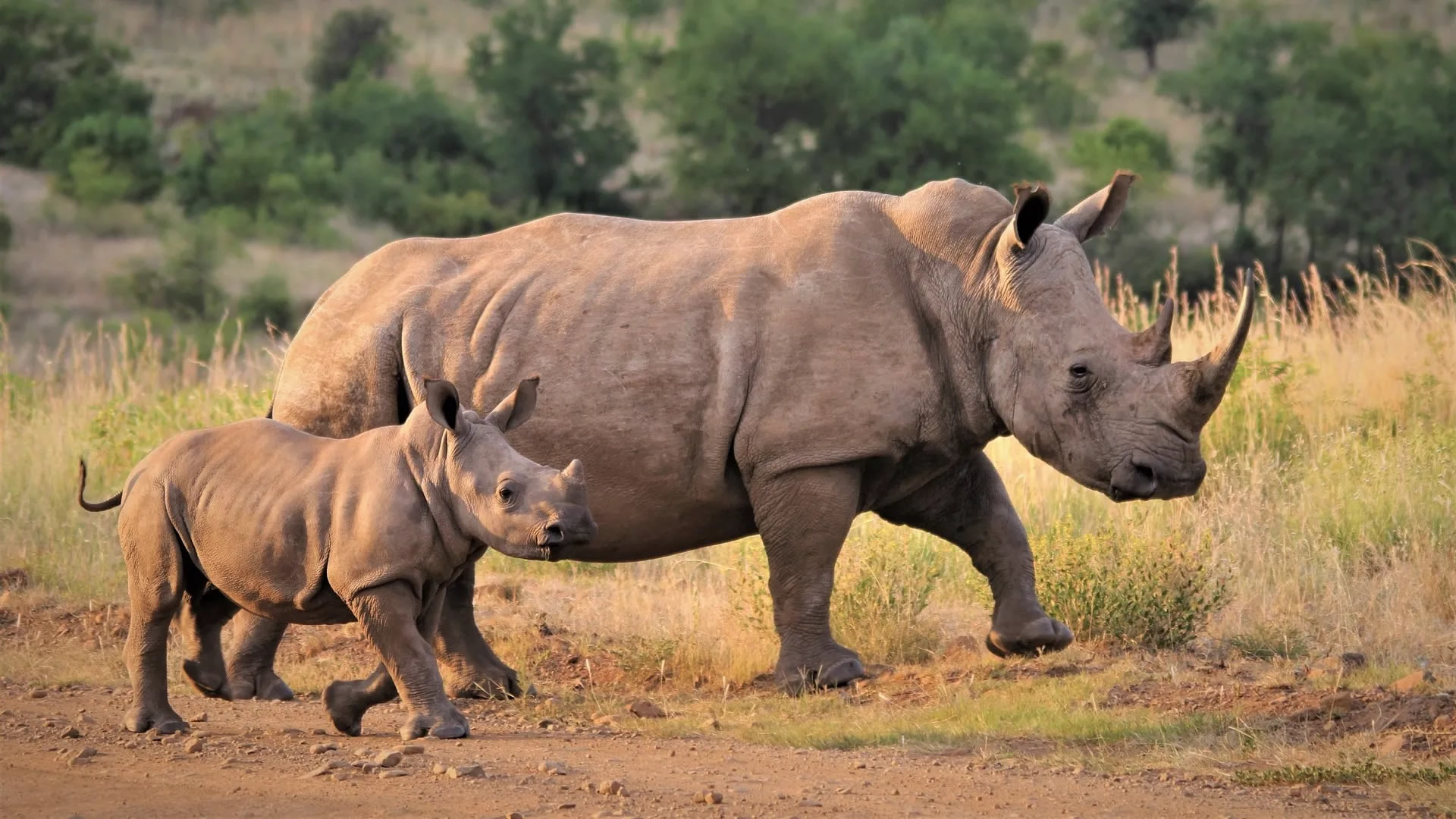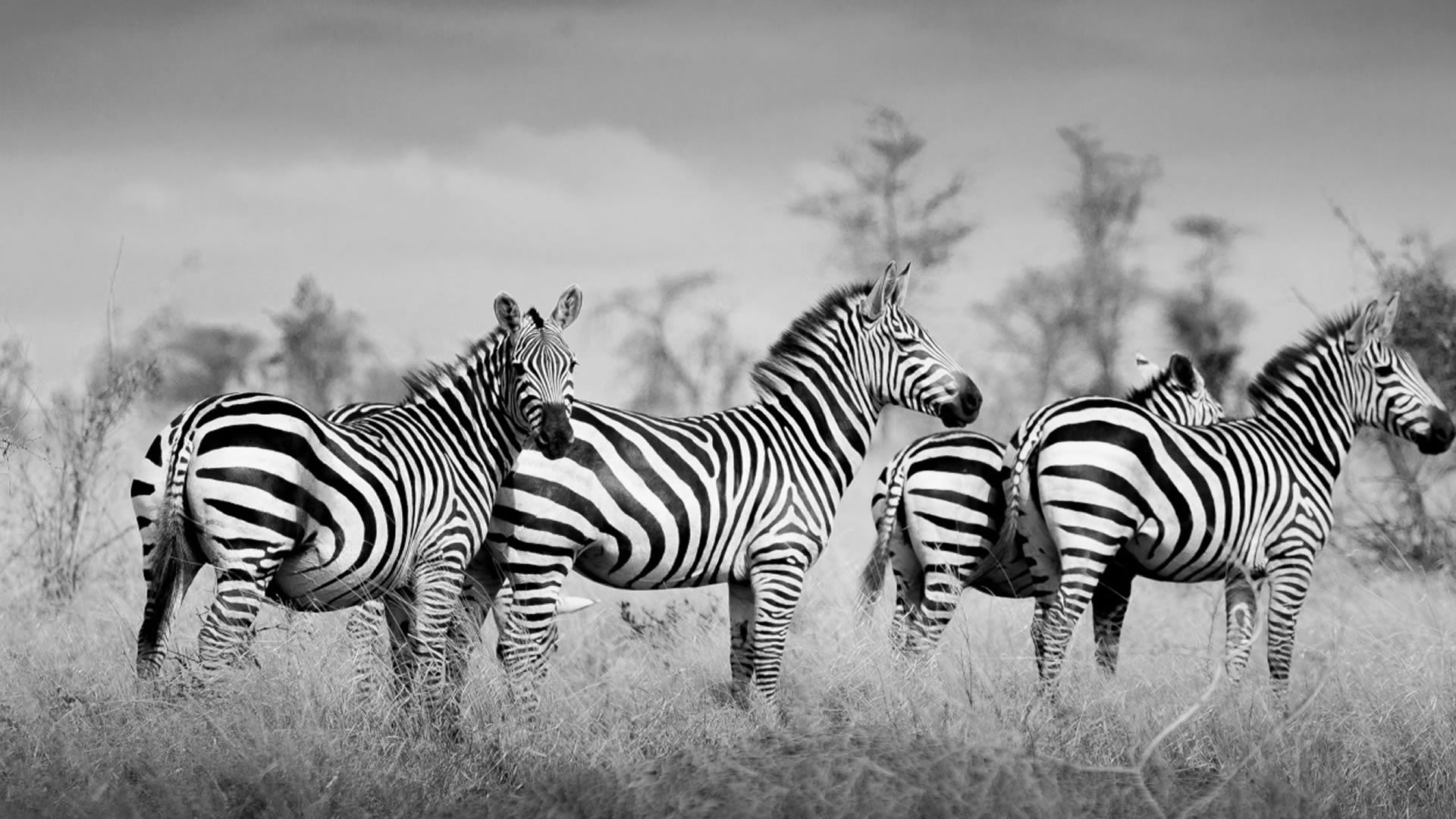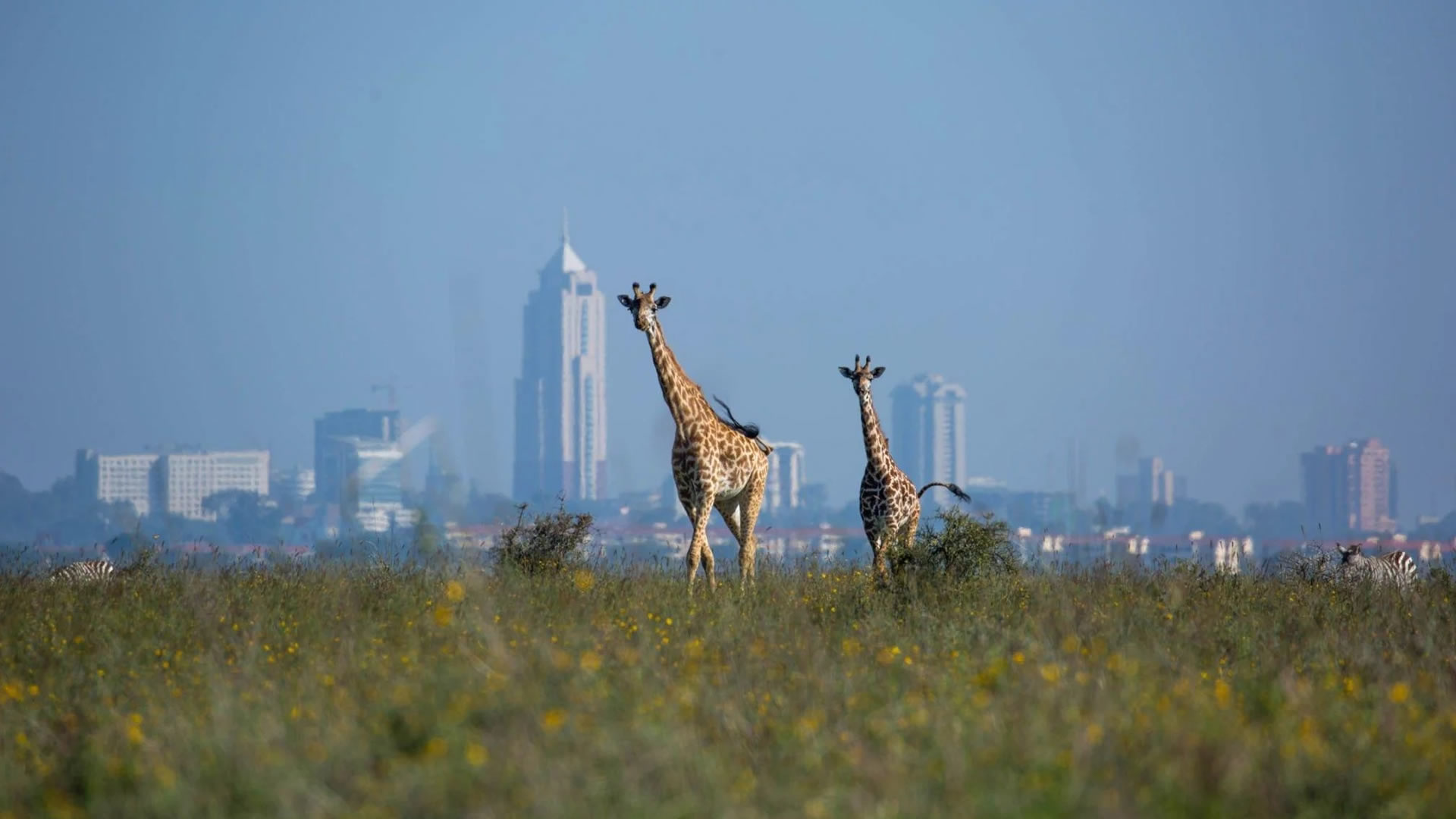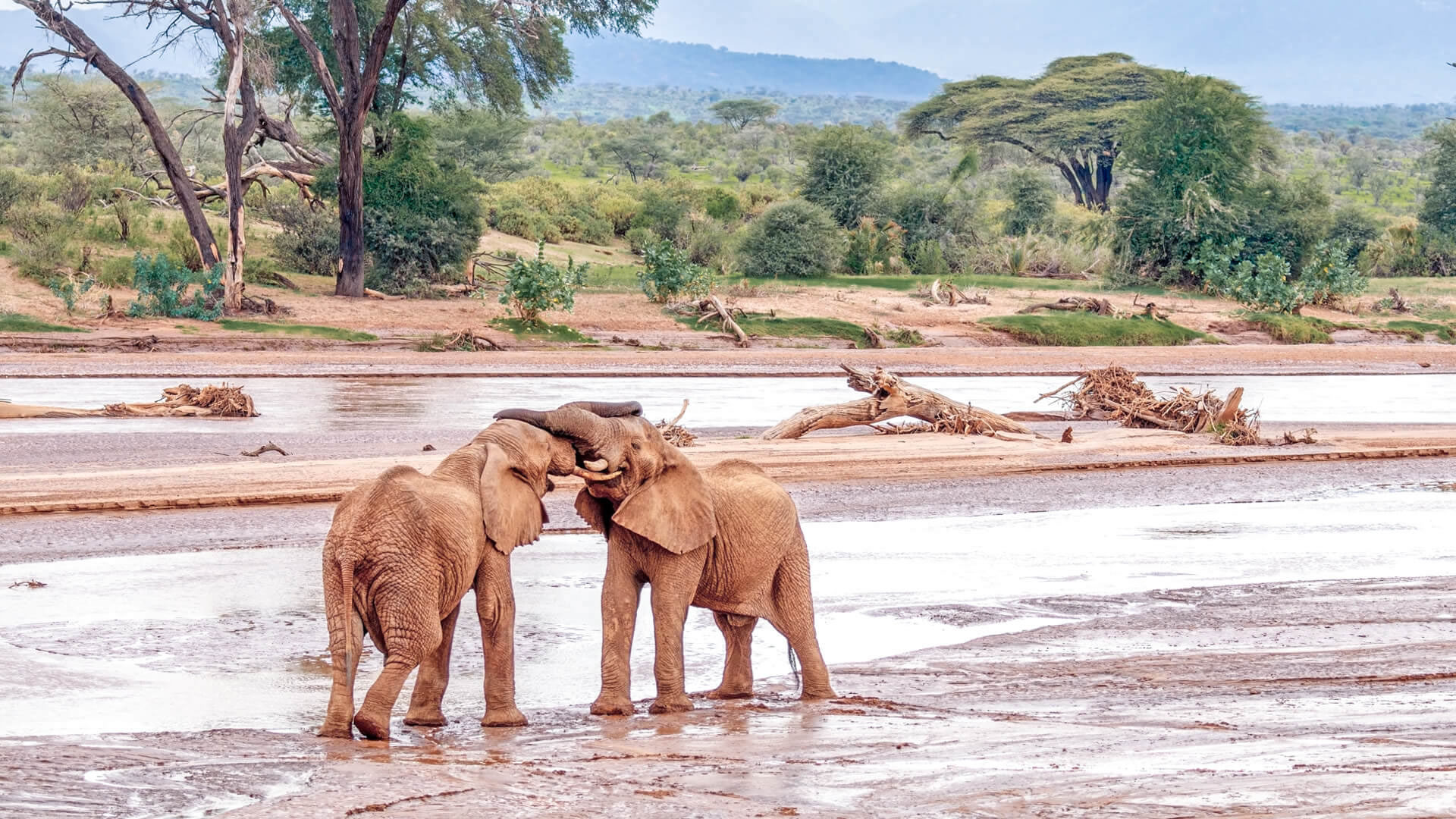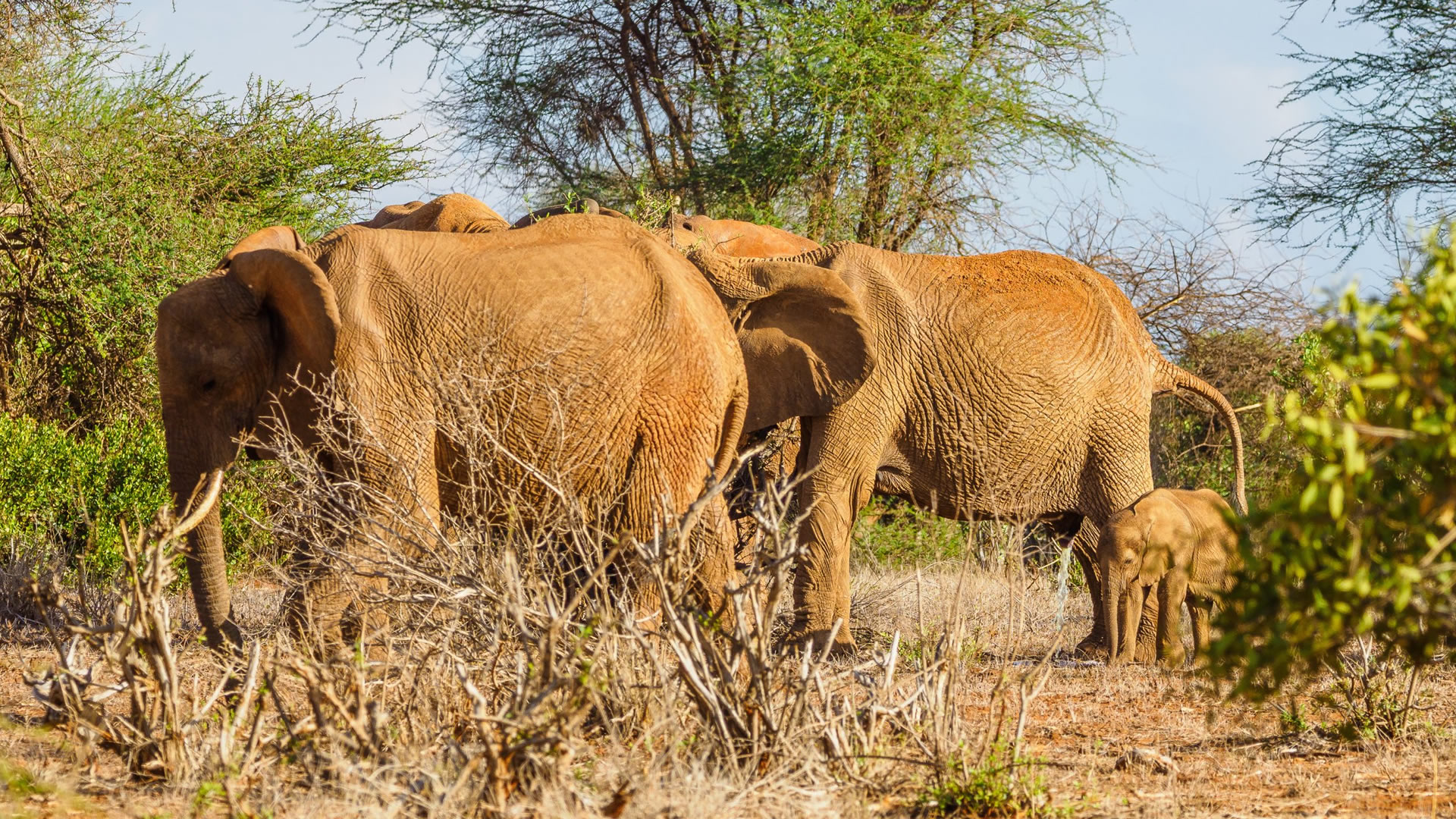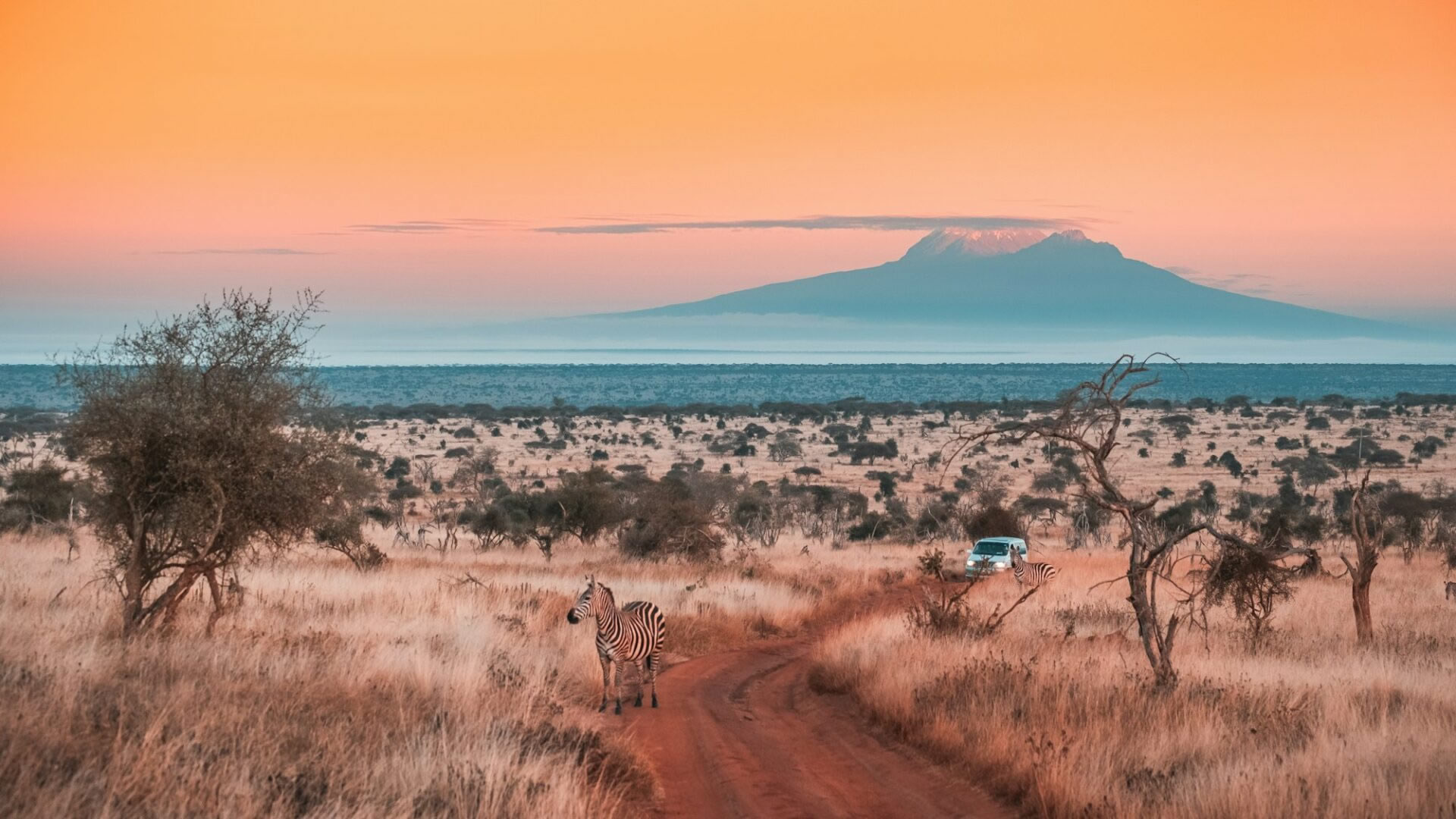
Lewa Conservancy
“Epitome of wildlife conservation"
Lewa Wildlife Conservancy ( Lewa Downs) is in northern Kenya. It is a “UNESCO World Heritage Site” and a private conservancy known for its bountiful wildlife, bird species, diverse habitats of immaculate forests, extensive grassland, several springs and woodland. The conservancy incorporates the Ngare Ndare Forest, covering an area of 62,000 acres (250 sq km). The collaboration between Lewa Wildlife Conservancy and the neighbouring Borana Conservancy to merge has created 93,000 acres of contiguous rhino rangeland. With its magnificent landscape, Lewa Conservancy sets itself apart from other conservancies. While visiting Lewa Conservancy, you will experience an unforgettable safari holiday with action-packed wildlife encounters and mindblowing views. You will also appreciate the warm hospitality of the local people and get an opportunity to learn the importance of wildlife conservation. The conservancy is under Northern Rangelands Trust, an initiative of the Ian Craig/ Douglas family, who have managed the ranch for 50 years.
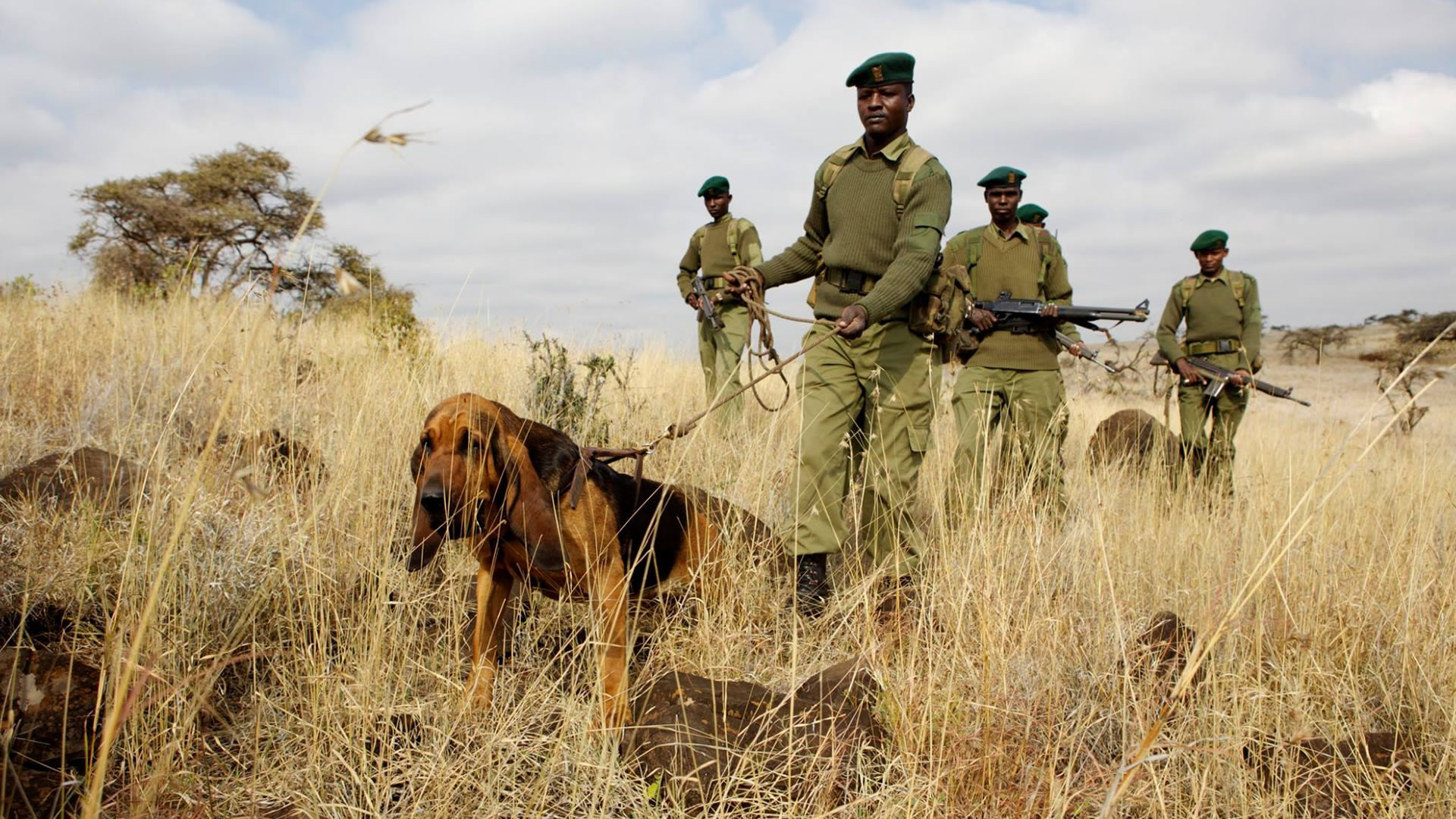
The Lewa Conservancy Highlight:
Lewa Wildlife Conservancy has an anti-poaching unit dedicated to protecting against the threat of wildlife due to illegal demand for wildlife-related products. Since 2019, only 1% of rhino poaching has been experienced. You will receive water, chip timing, medical support, wildlife safety, and prizes during the race.
Experience the Lewa Conservancy
Lewa Conservancy is home to diverse wildlife species, which include the famous Big Five (Elephants, Rhinos, Cape Buffalos, Leopards & Lions). Other wildlife includes Cheetahs, Serval Cats, Wild Dogs, the rare and endangered Black Rhinos, and Sitatunga ( a swamp-dwelling antelope). Lewa is also among the few places in Kenya where one can spot the unique Nothern speciality species, including the Reticulated Giraffes, the Somali Ostrich Gerenuks, Beisa Oryxes and the Grevy Zebras. Lewa Wildlife Conservancy is home to 12% of Kenya’s eastern black rhinoceros population and approximately 350 Grevy zebras, the largest single population in the world. Choosing Lewa/ Borana as your next safari destination, you will play an essential role in safeguarding wildlife and nurturing local communities. Lewa Borana's landscape is lush, attracting over 493 bird species, making it a top destination for avid birdwatchers.
Best time to visit: Lewa Conservancy
Wildlife Experience
Lewa Conservancy has an extensive variety of wildlife. It is a special place to spot big herds of elephants and the pride of Lions and leopards. Expect to see Four of the famous “Big Five” ( Lion, Leopard, Buffalo, Elephant). However, there are no Rhinos in the reserve. Other animals include Cheetah, Giraffe, Hippopotamus, Zebra, African Hare, Antelope, Banded Mongoose, Bat Eared Fox, Bush Baby, Bush Buck, Coke’s Hartebeest, Common Eland, Copper Tailed Monkey, Red Tailed Monkey, Crested Porcupine, Dwarf Mongoose, Grant’s Gazelle, Honey Badger, Impala, Kirk’s Dik Dik, Klipspringer, Olive Baboons, Oribi, Pangolin, Side Striped Jackal, Slender Mongoose, Spotted Hyena, Spring Hare, Straw Colured Fruit Bat, Thomson’s Gazelle, Vervet Monkey, Warthogs and Waterbuck.
Conservation Efforts
While staying in Lewa Conservancy, you will get opportunities to participate in the “behind the scenes” conservation efforts towards the wildlife and the neighbouring communities on a first come, first serve basis. These activities include visiting local schools, participating in tracker dog demonstrations on how they stop poachers, learning about security operations from rangers on how they protect wildlife, Visit the elephant underpass to understand how wildlife and local communities co-exist, visiting conservation education centre and witnessing how students are gaining knowledge through different projects directed towards wildlife conservation, pay a visit to local clinics or get involved in health outreach programs and last but not least, you can learn about Lewa efforts towards provision of accessible water to local communities and wildlife
Birdlife
For bird-watching enthusiasts, Lewa Conservancy is the place to be. There are over 450 bird species recorded in the reserve. They include Abdim ‘s Stork, African Darter, African Grey Hornbill, African Fish Eagle, African Harrier Hawk, African Openbill Stork, African Spoonbill, African White Backed Vulture, Bateleur, Black Chested Snake, Black Headed Heron, Black-Winged Kite, Crested Francolin, Egyptian Goose, Fischer’s Sparrow, Green Wood Hoopoe, Grey Headed Kingfisher, Hamerkop, Hadeda Ibis, Kori Bustard, Lapped Faced Vulture, Lilac Breasted Roller, Marabou Stork, Martial Eagle, Common Ostrich, Somali Ostrich, Rufous Naped Lark, Ruppells’Vulture, Secretary Bird, Southern Ground Hornbill, Southern Masked Weaver, Speckled Mousebird, Spotted Thick Knee, Stripped Kingfisher, Superb Sterling, Vulturine Guineafowl.
Best time to visit
Lewa's elevation is 4,500 to 6,500 feet above sea level. Daytime temperatures are between 25° C/77 °F to 30 °C/ 86°F usually hot and dry, and nighttime and early morning temperatures drop to around 10 °C/50 °F. Lewa/Borana Wildlife Conservancy is visited all year round. However, the best times to visit are during the dry seasons, June to October and December to February. These months are fantastic for wildlife viewing. November & March to May seasons are excellent for birdwatching activities. It is advisable to wear light clothes during the day and warm clothing in the evening. Mid-March to May and November are rainy months in Lewa/ Borana Conservancy. You can still visit the park during these times.
Getting There?
By Air: There are daily flights to Lewa-Borana Wildlife Conservancy from Wilson Airport in Nairobi by SafariLink or Air Kenya. For the ongoing Corporate Social Responsibility programme, SafariLink donates $ 5 to Lewa for every passenger who flies into and out of the conservancy. The flight time from Wilson is an estimated 1 hour and 30 minutes.
Privates Flights: Lewa Airstrip facilitates the landing of private and chartered planes with Tropic Air, Boskovic, East Africa Air Charters and Yellow Wings.
By Road: You can access Lewa Wildlife Conservancy by road. The drive is about 4-6 hours from Nairobi, covering a distance of about 260km.


